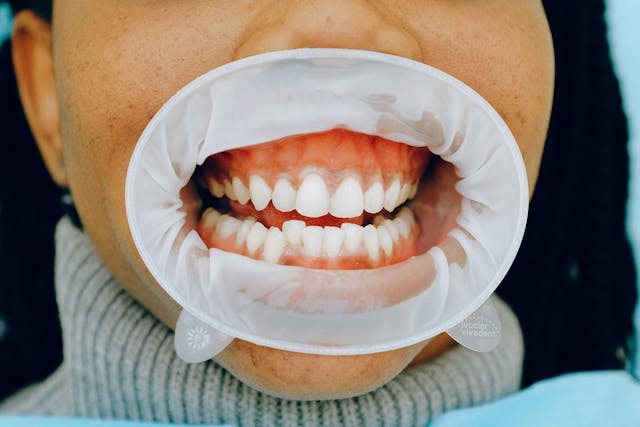Understanding gum disease, also known as periodontal disease, is important for maintaining and preserving your teeth. It’s a common but often preventable dental condition that affects the gums and supporting structures of the teeth. Leaning about he causes, symptoms, and treatment options for gum disease is essential for maintaining good oral health. Now let’s delve into the key aspects of gum disease to help you protect your smile.

Causes of Gum Disease
Gum disease typically develops due to the accumulation of plaque—a sticky film of bacteria—on the teeth and gums. Several factors can contribute to its onset and progression:
- Poor Oral Hygiene: Inadequate brushing and flossing allow plaque to build up, leading to gum inflammation.
- Tobacco Use: Smoking or chewing tobacco increases the risk of gum disease.
- Genetics: Some individuals may be genetically predisposed to gum disease.
- Medical Conditions: Certain medical conditions such as diabetes can increase susceptibility to gum disease.
- Hormonal Changes: Hormonal fluctuations, such as those during pregnancy or menopause, can affect gum health.
- Medications: Some medications can have side effects that impact oral health.
Symptoms of Gum Disease
Gum disease can manifest in various ways, and its severity can range from mild (gingivitis) to severe (periodontitis). Common symptoms include:
- Gums that bleed during brushing or flossing: This is often an early sign of gum inflammation.
- Red, swollen, or tender gums: Inflammation is a hallmark of gum disease.
- Bad breath (halitosis): Persistent bad breath can result from the presence of bacteria in the mouth.
- Receding gums: Gums may pull away from the teeth, making them appear longer.
- Pus between teeth and gums: This is a sign of infection and requires immediate attention.
- Changes in tooth alignment: As gum disease progresses, teeth may shift or become loose.
Treatment of Gum Disease
Early detection and treatment are critical for managing gum disease effectively. Here are some common treatment approaches:
- Scaling and Root Planing: This deep cleaning procedure removes plaque and tartar from below the gumline and smooths the tooth roots to prevent further buildup.
- Antibiotics: Topical or oral antibiotics may be prescribed to control infection and inflammation.
- Surgical Procedures: In advanced cases, surgical intervention may be necessary to clean deep pockets or repair damaged gum tissue.
- Lifestyle Changes: Improving oral hygiene practices and quitting smoking are essential for managing gum disease.
Preventing Gum Disease
Preventing gum disease is the best approach to maintaining good oral health. Here are some preventive measures:
- Brush and Floss Regularly: Proper brushing and flossing remove plaque and debris from the teeth and gums.
- Visit Your Dentist: Regular dental check-ups and cleanings help detect and address gum disease early.
- Healthy Diet: A balanced diet rich in fruits and vegetables supports overall oral health.
- Avoid Tobacco: Quit smoking or using tobacco products to reduce your risk of gum disease.
- Manage Medical Conditions: If you have diabetes or other medical conditions, work with your healthcare provider to manage them effectively.
Understanding Gum Disease: Conclusion
Gum disease is a common dental condition that can have serious consequences if left untreated. Understanding its causes, symptoms, and treatment options empowers you to protect your oral health. If you suspect gum disease or are due for a dental check-up, contact Ideal Smiles Dental to schedule an appointment and maintain a healthy smile.
Contact Information
Ideal Smiles Dental
2955 Veterans Rd. W, Suite 2G
Staten Island, NY 10309
Phone: 718-535-1196
Email: idealsmilesdental@gmail.com

[…] have shown a link between gum disease (periodontitis) and an increased risk of heart disease. Inflammation and infection in the gums may […]